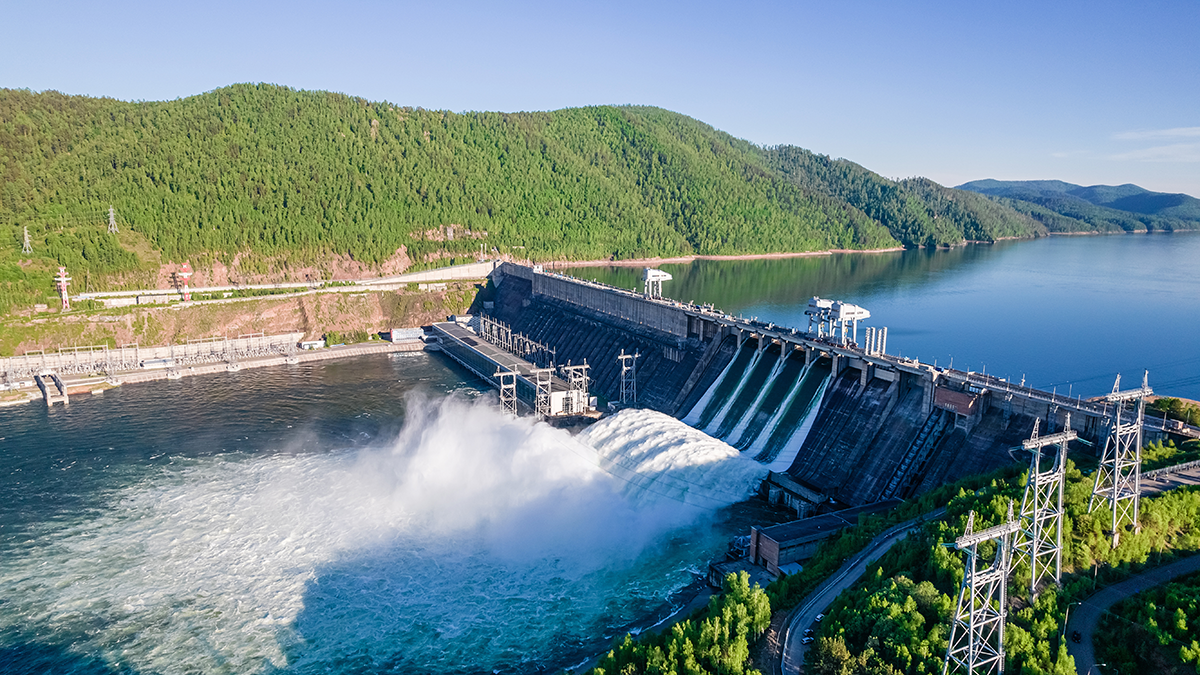Editors’ Vox is a blog from AGU’s Publications Department.
River damming plays an essential role in flood management, energy production, and water supply worldwide. To meet social-economic development, over half of the large rivers (>1,000 kilometers) in the world are no longer free flowing. However, dam operations have significantly altered the geophysical conditions of rivers, in turn affecting river ecosystems. The impact of river damming on fish and the associated conservation measures have particularly drawn attention from stakeholders, researchers and conservationists.
A recent study in Reviews of Geophysics comprehensively reviewed the impacts of river damming on the physical habitats of fish. It analyzed the advantages, disadvantages, and cost-benefits of major mitigation measures providing a global perspective on fish conservation in dammed rivers. We asked the authors to give an overview of these impacts, mitigation measures, and their recommendations for future research.
How does river damming impact fish species and their habitats?
Dam construction impacts fish habitat in many ways. First, it decreases longitudinal, lateral, and vertical connectivity of rivers, affecting fish migration, spawning, and foraging. Second, dam construction changes the sediment regime and river morphology and consequently alters fish micro-habitats. Third, reservoir operations significantly distort river hydrological and water temperature regimes, affecting fish reproduction, foraging, and wintering. Finally, flood dispatches from large dams result in supersaturation of total dissolved gas in downstream water, causing fish gas bubble disease and even death.
All of these alterations in fish physical habitat extensively affect populations and community structure of global fish species, such as salmonids, Chinese carps, sturgeon, and eels.

What conservation measures are being taken to mitigate the negative impacts of river damming on fish?
A variety of conservation measures have been adopted. For example, different types of fish passage facilities have been installed at river dams to restore fish biological connectivity. Based on nature-based solutions, reservoir ecological operations have been carried out to mitigate the impacts of alterations in river hydrology and water temperature on fish. Small dams and barriers have been removed in tributaries to rehabilitate and compensate for fish habitats lost in the dammed mainstems. For some endangered and commercial fish species, artificial breeding and release has been applied to maintain the genetic diversity and recover fishery resources.
These conservation measures have different applicability, efficiency, and cost-effectiveness. It is important to select appropriate conservation measures based on practical engineering conditions of the dam, characteristics of target fish, and cost-effectiveness of the conservation measures.

Our review has shed light on river bio-geophysical studies and provides important guidance to the conservation of fish in dammed rivers, supporting the harmonization between river development and ecosystem conservation. It is of relevance to geophysical researchers, managers, and policymakers working in this field.
What additional research, data, or modeling is needed to help with fish conservation in dammed rivers?
In the future, climate change and human activities could further complicate the issue. To deal with the combined effects of climate change and human activities, we recommend the following:
- Develop master plans of river damming at basin scale to minimize the impacts on fish habitat;
- Establish dedicated monitoring networks in dammed rivers to systematically collect hydro-ecological data;
- Conduct assessments of the effectiveness and efficiency of conservation measures to achieve further improvements; and
- Consider the complex effects of climate change and land cover changes on dammed rivers in any conservation measures.
—Qiuwen Chen ([email protected], ![]() 0000-0003-0905-7591); Jianyun Zhang ([email protected],
0000-0003-0905-7591); Jianyun Zhang ([email protected], ![]() 0000-0001-5586-4058); and Qinyuan Li ([email protected],
0000-0001-5586-4058); and Qinyuan Li ([email protected], ![]() 0000-0002-2958-6813), Nanjing Hydraulic Research Institute, China.
0000-0002-2958-6813), Nanjing Hydraulic Research Institute, China.
Editor’s Note: It is the policy of AGU Publications to invite the authors of articles published in Reviews of Geophysics to write a summary for Eos Editors’ Vox.


